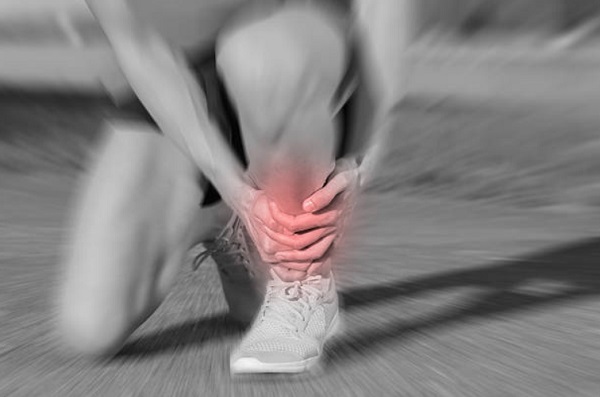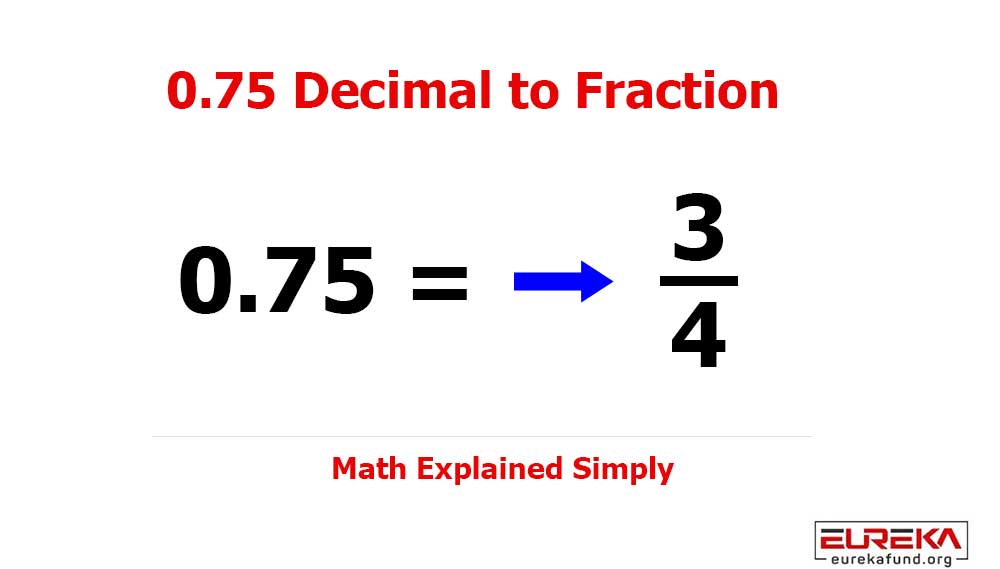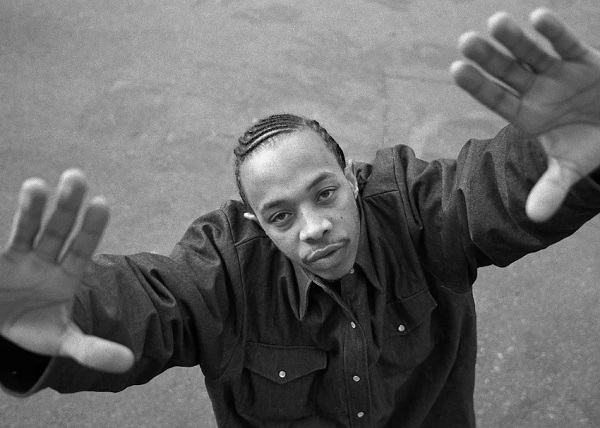When something hurts, and you know it’s not supposed to, you consider the physical pain dull or sharp. Is there a real difference in the pain you feel?
The dull vs. sharp pain distinction is essential. How your pain feels is relevant to how likely you are to suffer complications and how severe these complications will be.
Here, we offer a basic explanation of pain types and why the distinction matters. Keep reading to learn more.
The Causes
Dull pain can be caused by medications, muscle tension, and even some medical conditions. For example, clogged arteries can cause dull chest pain, and tension headaches result in a dull, throbbing headache.
Several medical issues, such as a herniated disk, a torn muscle or ligament, or an infection, can cause sharp pain. Sharp pain is usually more localized than dull and can signal a more serious underlying medical issue. For this reason, seeking medical attention for intense or persistent pain is essential to receive an accurate diagnosis and treatment plan.
The Implications
Dull pain and sharp pain feel very different but have distinct implications. Dull pain is generally a longer-lasting, more constant pain that can indicate an underlying injury or infection. It can range from a dull ache to a more intense throbbing sensation.
Sharp pain is often rapid and stabbing but less severe than dull pain. It indicates an injury that is more superficial and doesn’t involve any deeper or internal tissue injury. Knowing the difference between the two can help to set up a course of treatment that best fits the injury’s needs.

Understanding the implications will ensure the proper action to assist pain management, improving the likelihood of a full or partial recovery.
The Remedies
Dull pain is typically muscle-related and tends to persist for extended periods like chronic pain. Sharp pain can be more profound inside the body or more associated with a fracture or shortcut. Acute pain tends to be more intense and can also come and go quickly.
Depending on the type of pain, various remedies can help alleviate it. Analgesics, such as acetaminophen or ibuprofen, can be helpful for both types of pain.
Physical therapy or massage may help reduce chronic pain and stiffness for muscle-related pain. You can consult and check an occupational therapy clinic for more details.
For more profound pain, a doctor may prescribe stronger medications or even recommend surgery. No matter the type of pain or the remedy, the most important thing is properly assessing the source of the pain to receive the proper and effective treatment.
Understand the Difference between Dull vs. Sharp Pain
Sharp pain is more of a warning sign that something is wrong, while dull pain is usually less severe and may signify an uncomfortable feeling. Knowing the difference between dull and sharp pain is essential to get the appropriate medical treatment. So, if you feel either type of pain, consult a medical professional immediately.




